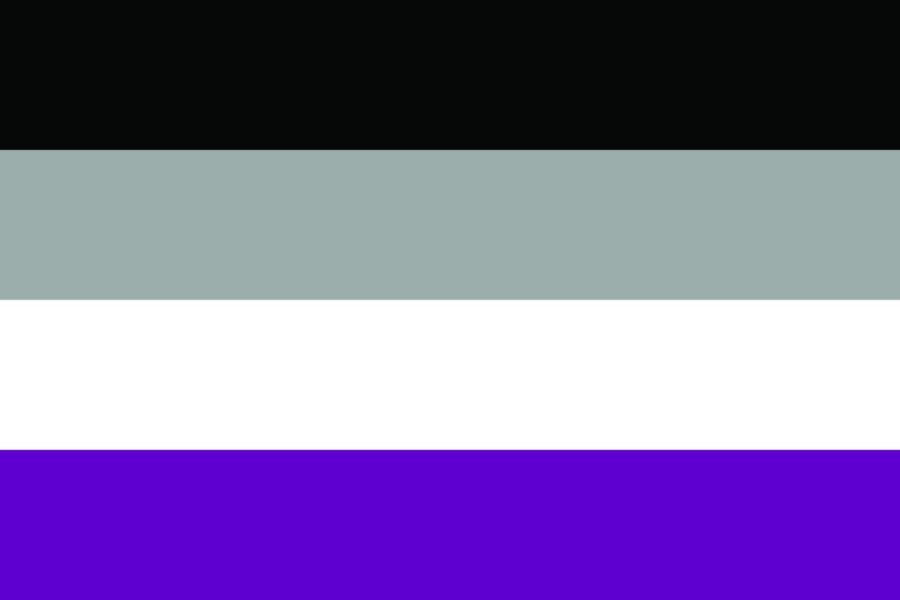Asexuality: A Spectrum
With the evolution of language and the understanding of the complex spectrum of attraction, there can be a lot to be confused about.
According to UC Davis Health, “Asexuality is a sexual orientation generally characterized by not feeling sexual attraction or a desire for partnered sexuality.” Asexuality isn’t not wanting to have sex or not wanting to be in a sexual relationship. The sources reviewed suggest that it is the emotional and romantic connection that is most important to those who identify as asexual, also known as ace.
“Asexuality is distinct from celibacy, which is the deliberate abstention from sexual activity,” According to UC Davis Health. Some asexual people do have sex. There are many diverse ways of being asexual. The most important thing to remember is that “asexual” is an umbrella term and it exists on a wide spectrum. There is a huge list on oulgbtq.org/acearo-spectrum-definitions and asexuality isn’t a simple concept for someone to understand in an afternoon or even several days of research. The complexity of the asexual spectrum is vast. There are no columns and no boxes that define what someone is feeling.
The Trevor Project used the phrase, “Desire emotionally intimate relationships.” This might seem like what everyone wants, so why would some people have trouble accepting the idea that people don’t need sexual attraction to be in a romantic relationship? Below is the list from The Trevor Project that shows a glimpse of what aces might feel versus what asexuality isn’t.
The Doyle Center hosted an Asexual Roundtable on Oct. 27. This discussion let students discuss their understanding of asexuality and their personal experience about being asexual. A main concern brought up was misrepresentation in the media and the misunderstanding of what asexuality is, such as the thought of people who don’t base relationships on sexual attraction being robots or aliens, or that asexual people are broken or not whole because they aren’t sexually attracted to other people.
The idea of heteronormativity came up in a couple of people’s coming out experiences: the overall idea of non-acceptance, whether it was from parents, friends or the community they lived in; being told by someone who is supposed to care for them unconditionally, “No, you’re not asexual, you’re just confused,” or “You’ll know when to have sex when you’re ready,” or “You’re being a prude,” or even “You can’t get a date.”
Sex education is a significant factor in the misinformation and uneducated assumptions that are surrounding not just the asexual community, but also the LGBTQ+ community. One of the questions that was brought up was if it would be better understood if asexuality was introduced in sex education. Many shared the idea that it would be more normalized and better understood if it was introduced to people at a younger age and if young students were taught that a sexual relationship isn’t the only type of relationship to be had as they grow.
From the discussion with the several students and the research done, I, as a cis woman, can say I have a better understanding of a small portion of what asexuality is. In no way am I an expert and I will never understand the complex spectrum of relationships and identities associated with the ace and a-romantic spectrum.




